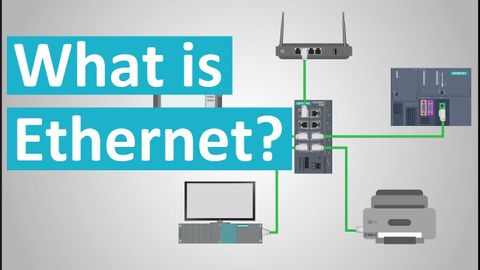什麼是以太網? (What is Ethernet?)
shyangning 發佈於 2021 年 01 月 14 日  沒有此條件下的單字
沒有此條件下的單字US /səˈsɛptəbəl/
・
UK /səˈseptəbl/
- adj.易感;易受影響的;易得病的;易受影響的;脆弱的
- n. (c./u.)通道;接近或使用的機會;訪問
- v.t.訪問
- v.t./i.存取(資料);訪問
US /ˈmʌltəpəl/
・
UK /ˈmʌltɪpl/
- adj.多重的;多種的;多發性的;多重的
- n. (c.)多;多個的;乘數
- pron.多重的
US /ˈfɪzɪkəl/
・
UK /ˈfɪzɪkl/
- n. (c.)身體檢查
- adj.身體的;肉體的;物質的;物理的
- n.體育
